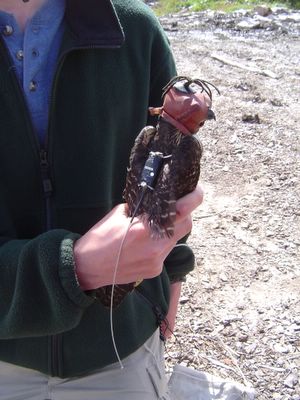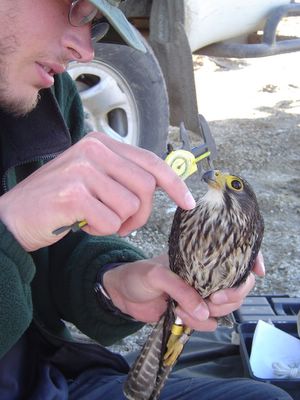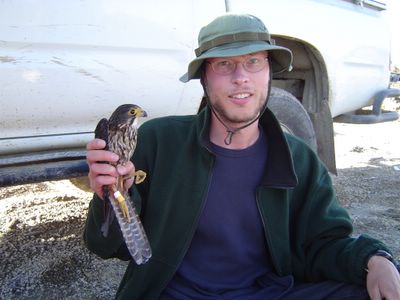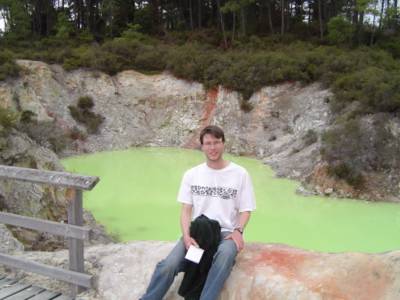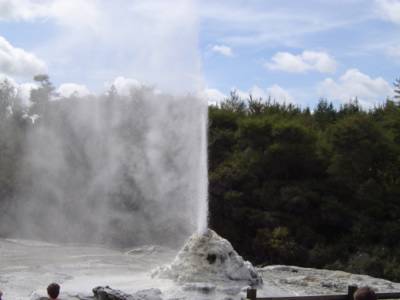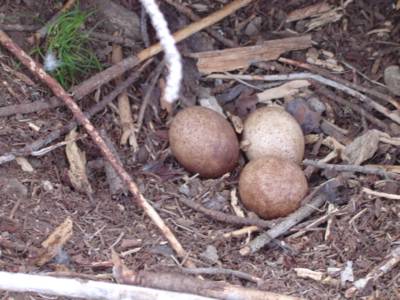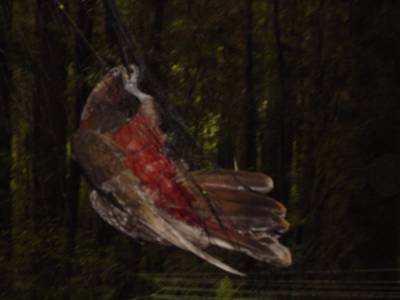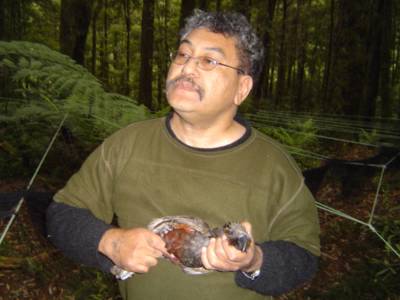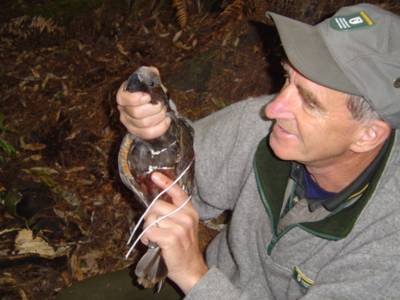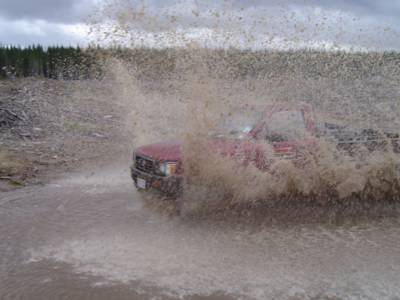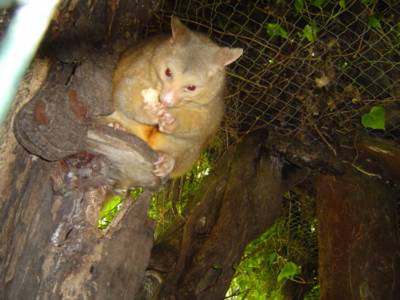Lake Taupo
Today I went swimming in Lake Taupo, which was fun. The lake is actually the caldera of a volcano, It was formed 1800 years ago when the volcano exploded and blew the top off the mountain. After it cooled, the crater filled in with water and formed a lake big enough to see from space. The first great aspect is that I went swimming in a lake in January. (How is winter, by the way?) But it is a particularily nice swim because the waters are perfectly clear. The water is not entirely warm because it is in the mountains, but since it sits on an active volcano, when I dug my toes about three inches into the lake bed, the pumice sand is quite hot. It is a nice feeling. There are also a few small natural hot pools on the edge of the lake, so I could easily warm up if the water was too cool. Of course, there wasn't much need for warming up, because it was a beautiful summer day. Quite nice all around.
